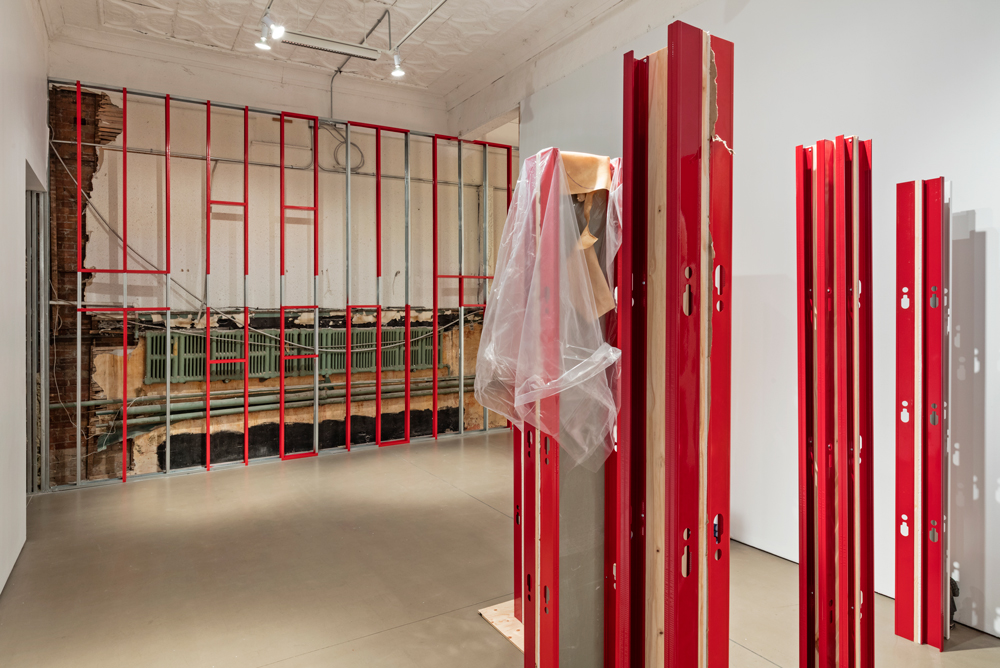Our editors’ weekly roundup of Canadian art news.
A collection of Arthur Lismer drawings was discovered in the Dalhousie University archives in January by archives assistant Jennifer Lambert, the CBC reported on Monday. Halifax researcher Alan Ruffman believed that there were Lismer drawings in the archive, given previous exhibitions, however there was no record of the collection. Lambert found the unprocessed folder, which contained a total of 29 drawings, when searching for other materials in the archive. The drawings were commissioned for the school in 1919, and depict a range of the university’s buildings, the founder and faculty members.
Toronto art centre Mercer Union announced in a press release on Thursday that the director of exhibitions and programs, Georgina Jackson, will be departing the gallery in April to take up a post as director of the Douglas Hyde Gallery in Dublin. Jackson came to Mercer Union in 2013 from Dublin City Gallery The Hugh Lane, and has curated exhibitions in Toronto with artists including Abbas Akhavan, Duane Linklater and Tiziana La Melia. Mercer Union also announced that York Lethbridge, who has worked as the centre’s director of operations and development, has been named executive director.
The Vancouver Art Gallery announced the creation of a new Indigenous art curatorial fellowship on Tuesday. The position, which will initially begin with a three-year term, has been created to “bring greater diversity to the Vancouver Art Gallery’s curatorial team,” and to provide “an opportunity to examine and re-contextualize the colonial legacy of the institution.” The curatorial fellow will create two exhibitions during the three years, and help introduce new ways of working. Applications are due March 20, 2017.
Vancouver artist-run centre Access Gallery has announced the creation of a new project space, titled PLOT, following the gallery’s renovations, which were supported by the Province of BC’s Collaborative Spaces program. According to the gallery, “the 200ft² space will be gifted in kind to occupants for an agreed-upon duration (between one and six months), and will serve as a public interface, a site for exchange, experimentation or otherwise,” beginning in the fall of 2017. It will be open during regular hours, and available for special events; proposals for the new space are now being accepted.

 An installation view of Duane Linklater's "From Our Hands," curated at Mercer Union by Georgina Jackson. Photo: Toni Hafkenscheid.
An installation view of Duane Linklater's "From Our Hands," curated at Mercer Union by Georgina Jackson. Photo: Toni Hafkenscheid.







